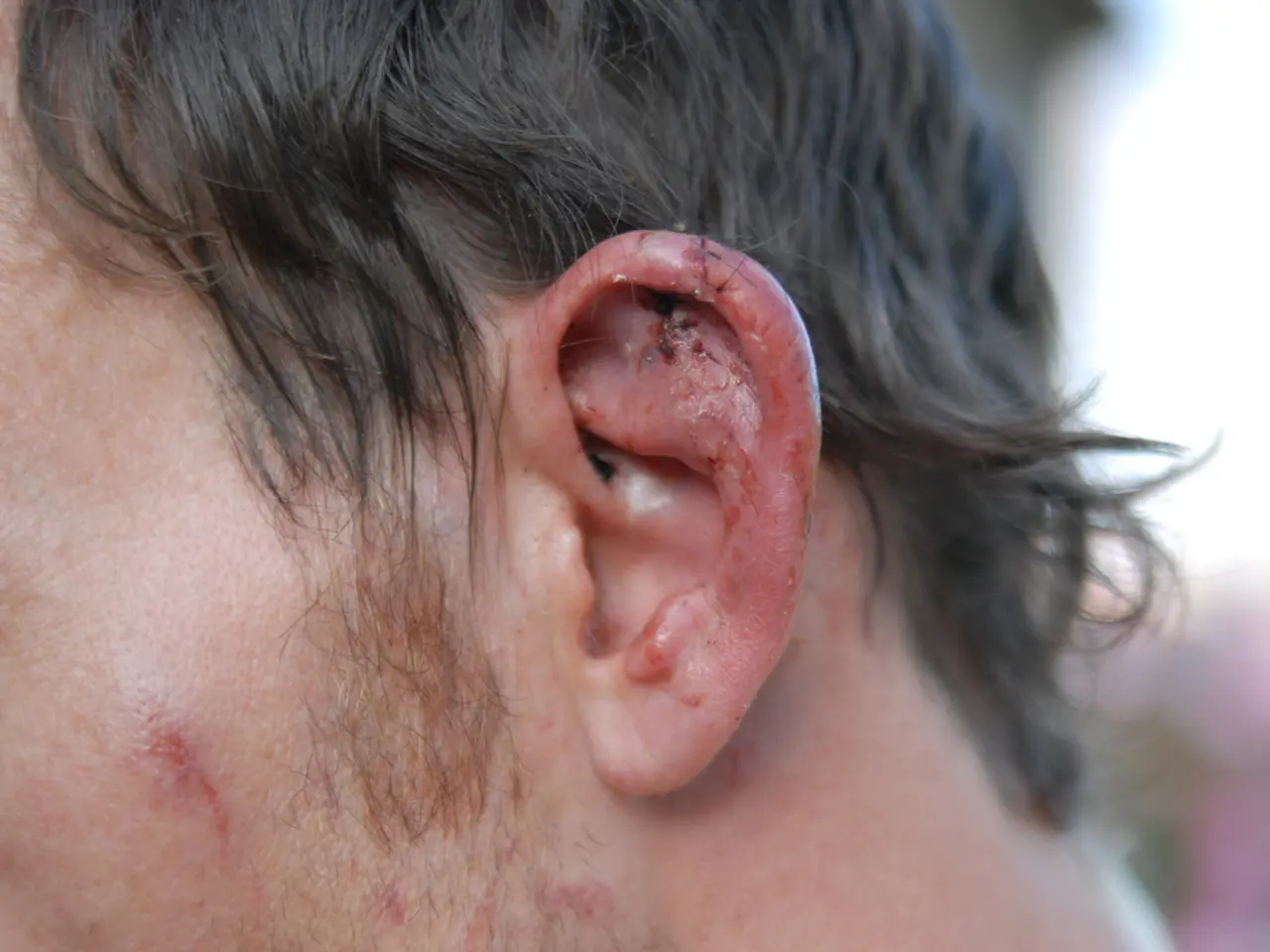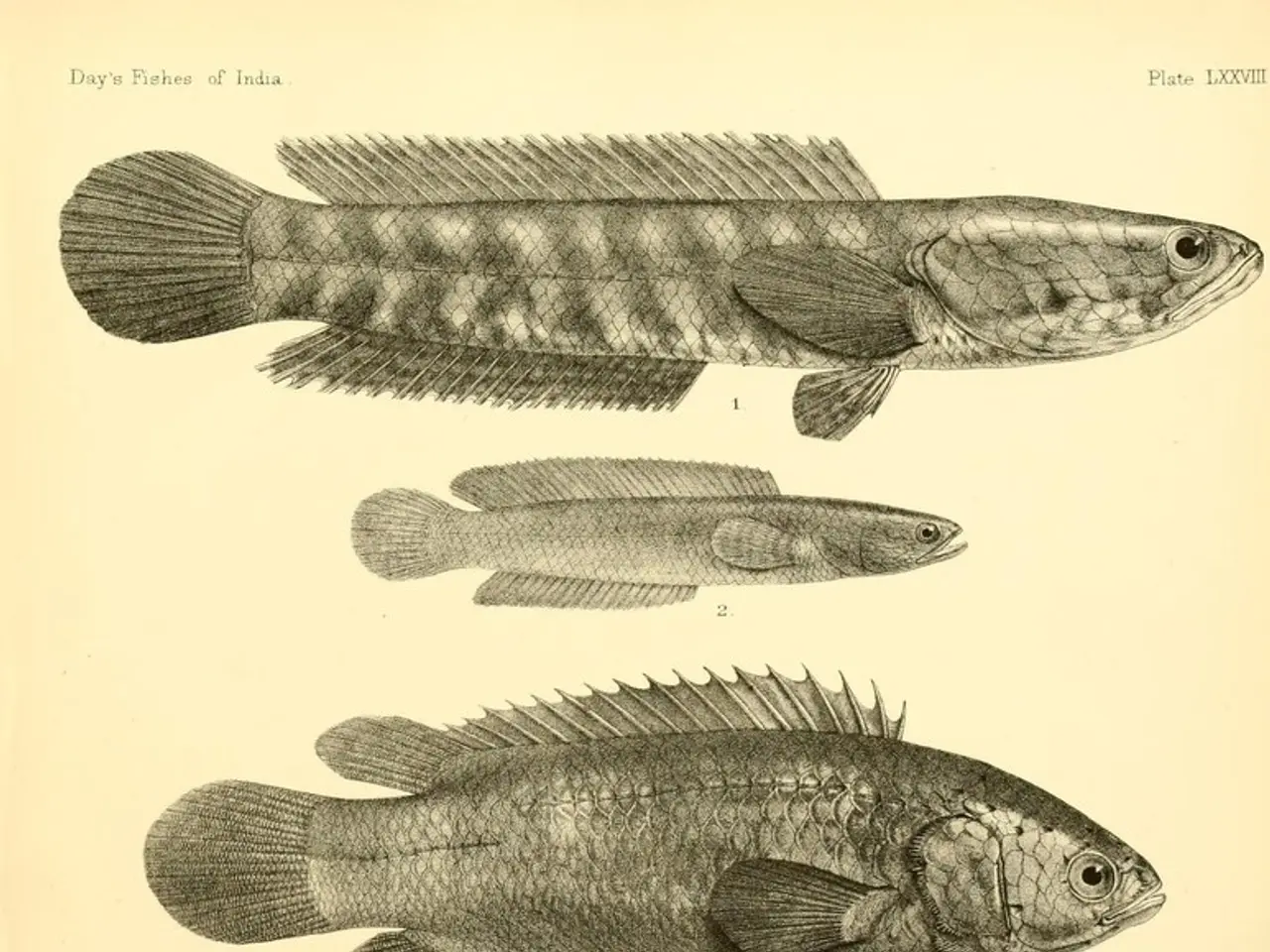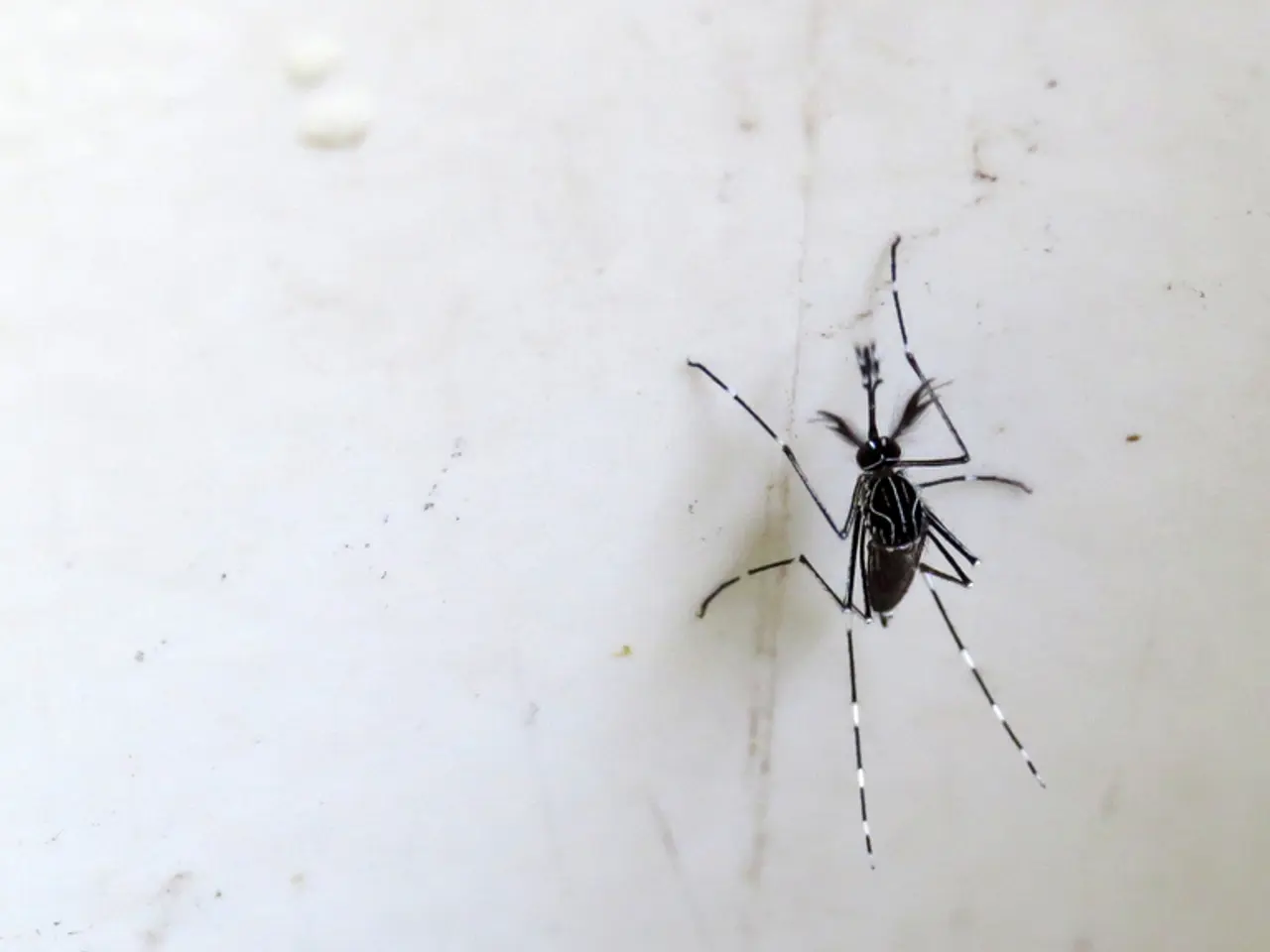When does a lump on the skull necessitate concern?
A goose egg on the head, also known as a hematoma, is a common result of a head injury that involves blood or fluid collecting under the scalp. These injuries can occur in both children and adults and often present with a visible bump that may turn black and blue after a day or two, accompanied by pain and swelling.
Recognising Symptoms
While a goose egg on its own may not always indicate a serious injury, certain symptoms should raise concern. In children, these may include:
- Severe headache
- Recurrent vomiting
- Loss of consciousness for brief periods
- Bruising around the eyes or behind the ears
- Difficulty talking or walking normally
- Clear fluid or blood from the nose or ears
- Swelling or a "dent" in the head[1]
In addition to these symptoms, adults may experience:
- A headache that gets worse or doesn't go away
- Excessive sleepiness or inability to wake a person up
- Dizziness
- Trouble concentrating
- Slurred speech
- Stumbling or trouble walking
- Abnormal behaviour
- Blurred vision
- Tinnitus (ringing in the ears)
Treatment and Prevention
For minor goose eggs without severe symptoms, rest and avoiding further trauma usually lead to the bump disappearing over several days. Treatment options generally involve applying a cold compress or ice pack wrapped in a soft cloth to the swollen area to reduce pain and swelling, and monitoring for signs of internal injury[1].
Preventative measures include:
- Requiring helmets for biking, skating, and riding toys
- Closely supervising infants and toddlers to prevent head bumps and injuries
- Using motion-activated lights to reduce the risk of walking in the dark
- Removing throw rugs and area rugs to minimise tripping hazards
- Installing wall safety straps to prevent furniture from tipping over
- Keeping electrical cords away from walking areas
- Using a properly fitted car seat for babies, toddlers, and young children
- Seeing a healthcare provider regularly to discuss chronic conditions and fall risk
- Knowing the side effects of medications and how they can increase the risk of head injuries
Special Considerations
Older adults have a higher risk of brain injury due to more room in the skull, chronic conditions, declining coordination, and certain medications. Head injuries in older adults who take blood thinners should always be evaluated by a healthcare professional.
Infants under the age of 2 should see a provider for any type of head injury, as their developing brains are more susceptible to damage. For kids age 3 and up, consider the location of the injury and watch for symptoms. Forehead injuries are usually not serious, but hits to the temples, behind the ears, and the face may require a check from a healthcare professional[1].
In severe cases, a CT scan may be necessary to detect a slow bleed in the head[2]. If you suspect a serious head injury, seek immediate medical attention.
[1] NHS (2021). Head injury. Retrieved from https://www.nhs.uk/conditions/head-injury/ [2] Mayo Clinic (2020). Concussion. Retrieved from https://www.mayoclinic.org/diseases-conditions/concussion/symptoms-causes/syc-20355619
- The collection of blood or fluid under the scalp, often referred to as a goose egg, is a common outcome of sports-related head injuries.
- Sports, such as football, hockey, golf, basketball, and baseball, can potentially lead to head injuries due to physical contact or accidents.
- In the context of workplace-wellness, employers should implement safety measures to prevent sports-related head injuries, like helmets and protective gear.
- Medical conditions and chronic diseases, like chronic kidney disease, can increase the risk of complications from head injuries.
- Respiratory conditions might also affect recovery from head injuries, as difficulty breathing can hinder the healing process.
- Maintaining eye-health is crucial in identifying symptoms of head injuries, as blurred vision or tinnitus could be signs of a more serious problem.
- Hearing impairment or ringing in the ears (tinnitus) can indicate a head injury, so it's essential to pay attention to these symptoms.
- Health-and-wellness programs should address the prevention and management of sports-related head injuries, along with mental-health, skin-care, and fitness-and-exercise.
- Psoriasis and other skin conditions may aggravate after a head injury, making it essential to seek medical advice for proper treatment.
- Therapies-and-treatments, like physical therapy and medication, play a significant role in addressing and recovering from sports-related head injuries.
- A head injury can affect one's mental-health, causing symptoms like confusion, irritability, or changes in behavior.
- Skin-care routines should include sun protection to reduce the risk of skin conditions, which might worsen after a head injury.
- Severe headaches, dizziness, or trouble concentrating could indicate a more serious sports-related head injury that requires immediate medical attention.
- In rare cases, sports head injuries might lead to chronic diseases, such as respiratory conditions or chronic kidney disease.
- Regular healthcare check-ups are essential for individuals with eye, hearing, or skin conditions to monitor potential complications related to sports injuries.
- Sports-betting enthusiasts should prioritize their health and safety, particularly when following live sports events closely.
- Participation in mixed-martial-arts or other contact sports might increase the risk of head injuries, so taking preventative measures is crucial.
- The Masters, Grand Prix, horse-racing, NCAAP Football, and tennis players are all at risk of head injuries during their respective events.
- Sports-analysis experts should be aware of the potential risks and symptoms of head injuries while reviewing games and races.
- Auto-racing and American football players should also prioritize their health and safety during training and competition, due to the high risk of head injuries in these sports.




